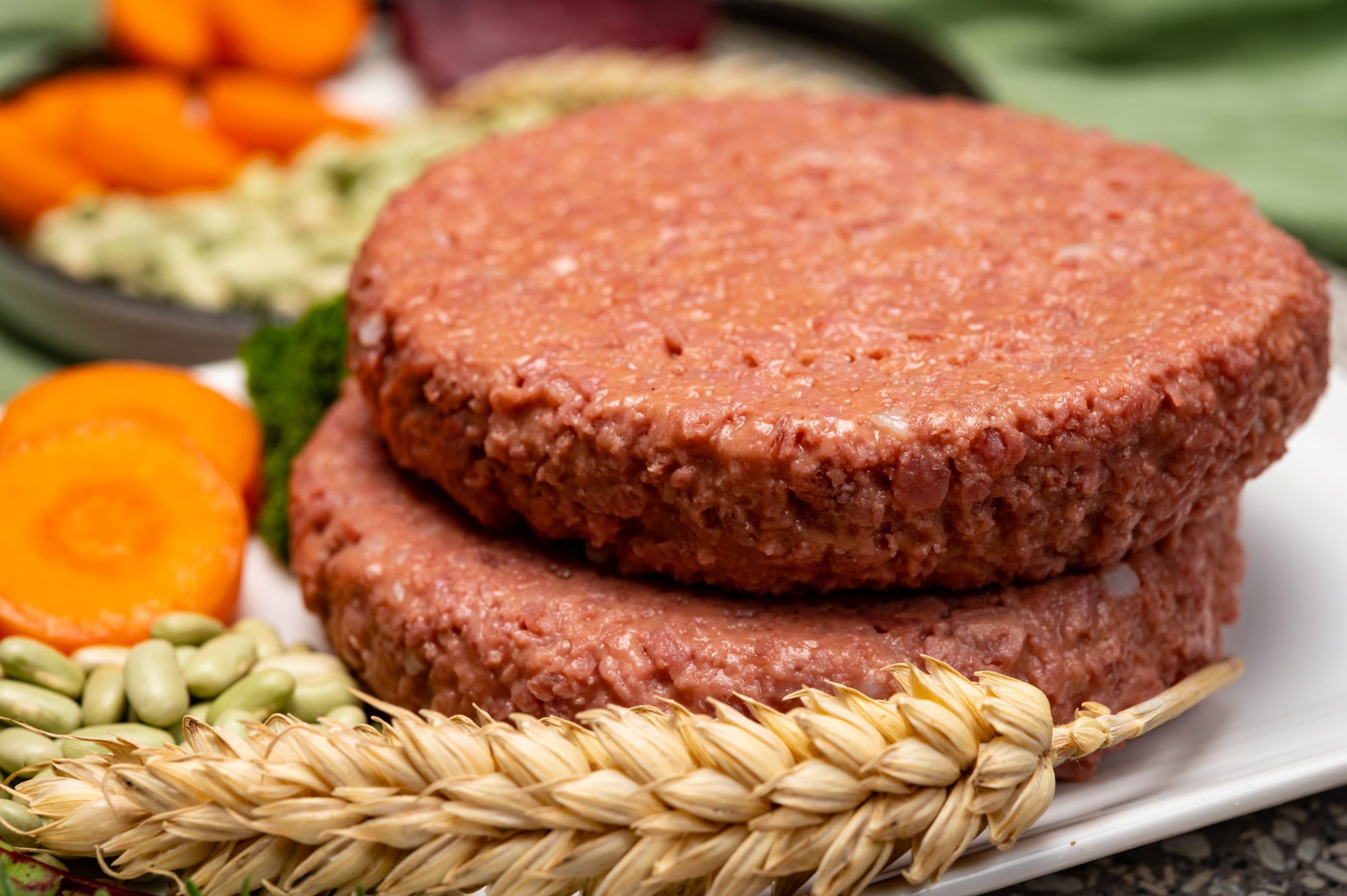By Maurice Robinette
Almost all of our sales are direct to consumers and we butcher here at the ranch. Three years ago, our butcher wasn’t able to take all of the parts of the butchered beef away with him. This was because the rendering plant quit taking hides, bones, and internal organs. We then had to dispose of the leftovers from about 40 beeves.
This proved to be a great opportunity for some adaptive management, one of the key elements of holistic management.
To paraphrase Alan Savory, “When you make a plan, assume you may be wrong, look for the first indicator of a problem, and correct it”. We didn’t plan to dispose of our leftovers, but we were forced to change our non-plan. Fortunately, our newest apprentice, Drew Clarkson, has an extensive background in soil science and suggested we look into large-scale composting.
We needed lots of wood chips and made arrangements with a Spokane arborist to get free chips for providing transportation and disposal. Unfortunately, this deal fell through a week before our first butcher date. So, we bought thirty cubic yards from a local provider and ate the cost. These chips worked so well we ordered a second load a few weeks later.
A large U-shaped form was constructed from some old poor-quality bales placed on edge to keep the strings intact. The U was about fifty feet long. There was about eight feet between the long sides. Two feet of wood chips were put in about ten feet from the back of the U. Next came a pickup load of leftovers - hides, skulls, feet, and internals. To keep the components uniform, these had to be placed by hand. It’s not that bad it you're supervising.
We used a second load of chips, 60 yards total, and put extra on top to make three feet of chips covering the goodies. A hose was placed nearby just in case things got too hot. Temperatures never exceeded 175 degrees, well below ignition, and we monitored daily for about six weeks. Surprisingly, there was very little odor and almost no scavenger activity. The piles were covered with a hay tarp for the winter and kept in place with several old tires.
The process was repeated the next year and we were able to reuse the same chips. The U was inverted, and one side was removed and placed about eight feet next to the other side. Several things surprised me. There was very little material left that could be identified. Small pieces of hide 2-3 inches across were sparsely dispersed. The skulls were about half gone and the biggest surprise was stomach contents were not very decomposed. This was explained as they were anaerobic, and the decomposing bacteria couldn’t get a start. It’s beyond me.
I’m looking forward to starting year three in a couple of months. We plan to start spreading our new-found fertilizer and trying compost tea on a large scale. If the tea proves effective, we will consider fertigation in my K-line system next year.
What could go wrong with that plan?
Maurice Robinette is a third-generation cow-calf operator and a sustainability activist in Cheney, WA, and actively promotes regenerative agriculture practices in the Northwest. He is an educator in Holistic Management and a certified consensus facilitator.



